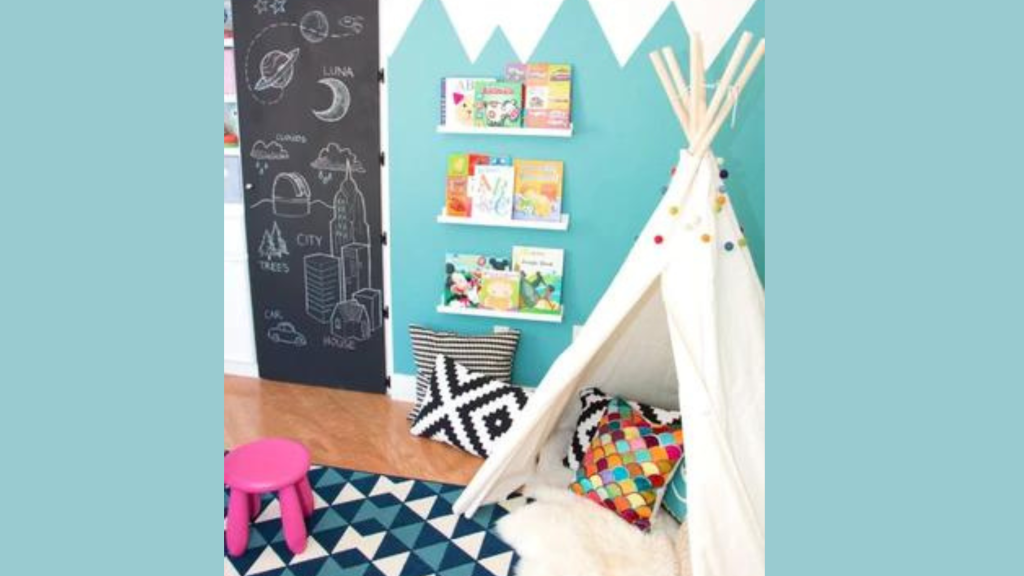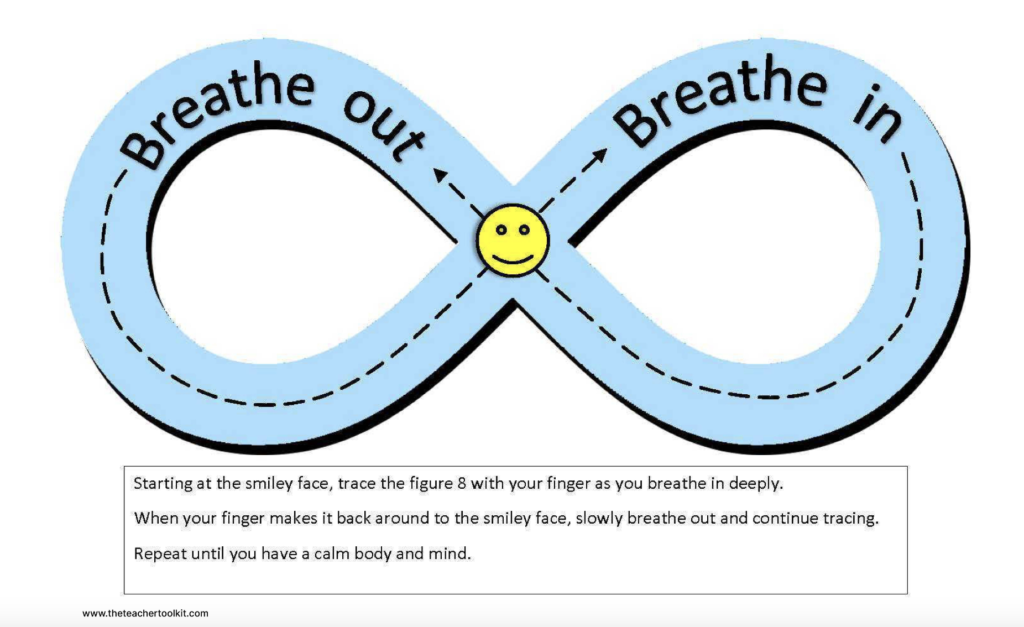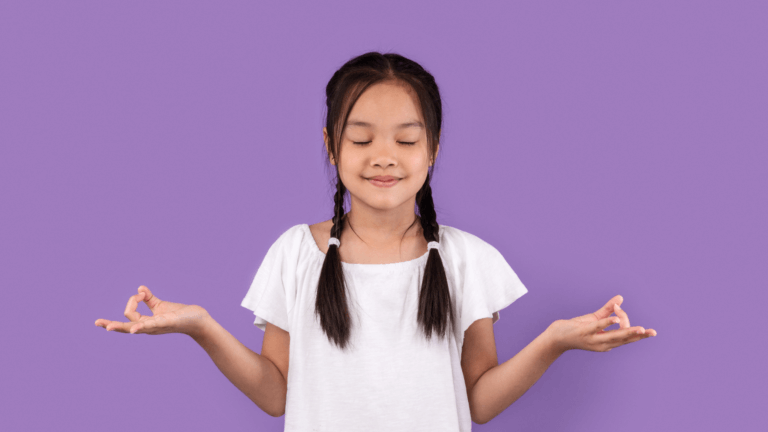Self-regulation is a person’s ability to attain, sustain, and change alertness that is appropriate to the situation. In other words, self-regulation can prevent inappropriate behaviors. Dysregulation occurs when a person’s surroundings do not match the messages sent by the brain. When a student is dysregulated, they are unable to focus on learning.
As educators, we can support students in self-regulation by providing access to safe spaces and teaching techniques that can help them calm themselves. Let’s take a look at time-outs, calming areas, and breathing techniques.
Time-Outs
A time-out is a behavior management technique where the student is separated from other students for a limited period in a setting to provide the student with an opportunity to regain self-control.
Based on the law, here are some restrictions on time-out:
- Time-out is in an area/room that is not locked.
- The exit is not physically blocked by furniture, a closed door held shut from the outside, or another inanimate object.
- Physical force or threat of physical force must not be used to place a student in time-out.
- Time-out may only be used with various positive behavior intervention strategies and techniques. It must be included in the student’s IEP and/or behavior improvement plan or behavioral intervention plan if utilized on a recurrent basis to increase or decrease a targeted behavior.
- Use of time-out must not be implemented in a fashion that precludes the student’s ability to be involved in and progress in the general curriculum and advance appropriately toward attaining the annual goals specified in the student’s IEP.
Time-out should include:
- Documentation
- Training for all staff implementing time-out with Special Education students as part of the I.E.P. or B.I.P.
To learn more, visit the Texas Behavior Support Initiative for the state-level training that meets the requirements mandated by Texas Education Code 37.0021 and Texas Administrative Code 89.1053 on the use of restraint and time-out.
Calming Areas
A calming area is a safe place in the classroom created to help students when they are feeling dysregulated. It’s a peaceful and comfortable space equipped with items and tools that can provide comfort and relaxation. Additionally, a calming corner offers a safe and quiet place where individuals can go to self-soothe, take a break, and regain emotional control when feeling overwhelmed or stressed.

Here are some tips for creating a calming area in your classroom:
- Choose a location that offers some privacy for the student but allows staff to monitor usage.
- Consider adding a simple visual to support the self-calming process.
- Calming objects can also help students regulate; noise-canceling headphones, fidget toys, coloring pages, journaling pages, and colored pencils/markers. Make sure whatever you add to the area can be easily sanitized.
If you are utilizing a calming area in the classroom with a special education student, please know this setting is considered a time-out, according to The Fifth Circuit Court of Appeals, even if it is self-selected. Texas law allows time-outs in conjunction with other positive behavioral interventions, “but it must be included in the I.E.P. or B.I.P. “if it is utilized on a recurrent basis.”
Breathing Techniques
Another self-regulation technique is focusing on the breath whenever a student starts to feel dysregulated. One way to encourage deep breathing is through visual aides and guides posted in a calming corner or elsewhere in the classroom.

For this strategy to be most effective, it is crucial to introduce the visual when the student is calm. Be sure to model the technique by tracing the path with your finger and following the instructions for inhaling and exhaling.
Then, guide the student to practice with the visual aid, assisting them as they trace the path with their finger. Clarify that taking slow, deep breaths can send a calming message to the brain, promoting relaxation, mental calm, and emotional control. Encourage them to remember this quiet technique at any time during the day.
Here are some examples of visuals you can use, or feel free to create your own!
In summary, self-regulation is crucial for students to succeed. Educators can support self-regulation through effective strategies:
- Time-Outs, used within legal guidelines.
- Creating calming areas in the classroom.
- Teaching breathing techniques with visuals.
These methods help students manage their emotions and excel academically, contributing to their overall well-being.
Angela has 24 years of experience in education. She has been in her current position for 12 years. Angela has trained and provided coaching support to over 200 campuses for PBIS. She is also a certified Restorative Practices coordinator. She is a trainer for Interventions, Coaching Classroom Management, CHAMPS, and Why Try.






Add comment